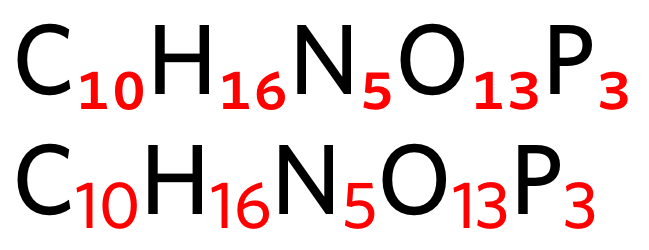 Image link
Image linkSummary: This week we learned about balancing equations and about what types of equations there are. First to balance equation each side is separated by an arrow and each side as to have equal amount of each element or compound. In the image above (the top equation) the equation is 2H2 + O2/2H2O. The / will represent the arrow in the equation. The equation is already balanced because if each side has H4 and O2 then that would make them equal. As for the different types of equations they're synthesis, decomposition, single displacement, and double displacement. Synthesis is if an equation has A + B / AB. Which is basically adding 2 element together. Then decomposition is when you separate a compound into something simpler. An example is AB / A + B. Single displacement however is when a the compound loses an element when the element gains that element and becomes a compound. Example = AB + X / A + XB. Lastly is double displacement which is when 2 compounds switch an element. An example is AB + XC / AC + XB.
SP5: Using Mathematics and computational thinking
Mathematical and computational approaches enable prediction of the behavior of physical systems along with the testing of such predictions.
Did you perform any math calculations?
Answer: Yes because if the 2 is in front of the H2 in the image then you would do 2 x 2 which is 4. Then if there's only 1 O and there's a 2 in front of the O then it would be 2 x 1 which equals 2. There is also in synthesis if it were A + B / AB then it's similar to distributive property.
